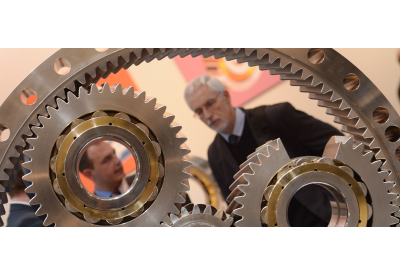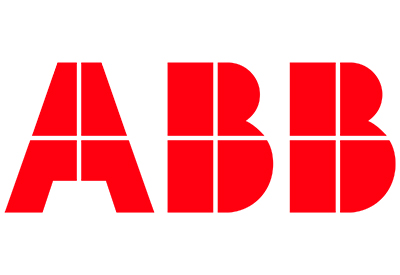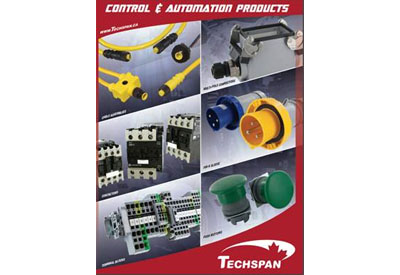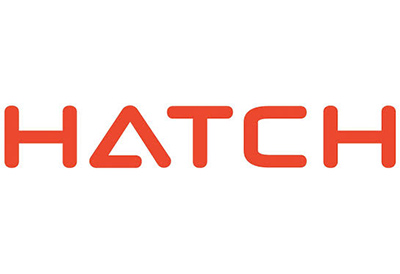From Long Goods Raw Material to a Palletized Finished Part
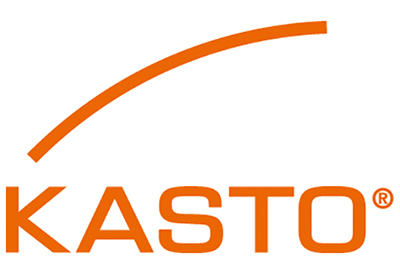
September 5, 2019
Automation, networking and robotics are rapidly gaining ground in metalworking – and in storage and sawing technology. Storage systems and sawing machines are increasingly being integrated into a uniformly controlled material flow in which all processes between incoming and outgoing goods are fully automated – from the storage of the long goods raw material to the dispatch of the palletized finished parts. This enables users to make their production processes much more flexible and efficient, improve working conditions and significantly reduce operating costs. At KASTO, these topics have long since ceased to be visions of the future.
Whether they are in the steel trade, the automotive and supplier industry or in mechanical and plant engineering, metalworking companies across all industries have been facing increasing demands for years. Customers expect ever greater production flexibility, from batch size one to mass production. The variety of materials and sizes is steadily increasing. At the same time, quality standards are rising and there is continuous pressure to cut costs. To hold their own against international competitors, companies need versatile and efficient solutions for a wide variety of production tasks.
Efficient raw material management through fully automated storage systems
More and more users are relying on the automation and intelligent networking of individual workflows in production and logistics. This begins with the storage of the delivered raw material – instead of the previously widespread floor or cantilever storage, companies are increasingly relying on fully automatic long goods storage systems. These automated software-controlled systems have completely convinced users with their significantly higher storage density, fast access times and maximum stock transparency.
Cassettes are usually used as load handling devices for the storage of long goods. A storage and retrieval machine automatically transports these to one or more transfer stations in line with the “goods to the next process” principle. These can be designed differently for the respective requirements, as fixed stations, for example, or in movable form as longitudinal or transverse transfer carriages. Automatic storage and retrieval is not only much faster than by hand, it also protects employees from accidents and injuries as the heavy and bulky goods do not have to be moved manually. Orders are processed at the push of a button via the warehouse control system – or directly via a higher-level ERP system to which the control system is connected via an interface.
Optimized added value thanks to the linking of the storage systems with fully automatic sawing machines
The sawing of the articles removed from storage is often the first step in processing or manufacturing. Here too, all processes are increasingly organized without any human participation. The modern KASTO sawing machines can be seamlessly connected to the raw material warehouse by means of manipulators and conveyor technology and are supplied with the required materials. Depending on how it is equipped, the sawing machine can also run by itself. Material is fed to it automatically, and an intelligent machine control system sets all parameters, such as cutting length and cutting speed, based on the job data. State-of-the-art production saws can thus carry out a variety of jobs in succession with different materials and diameters, and operate autonomously for long periods.
High performance and perfection thanks to the integration of intelligent robots
Industrial robots also have considerable potential when it comes to handling and processing finished cut parts. Depending on the production cycle, for example they can remove the sawn parts from the machine at maximum speed, so employees no longer have to carry out this repetitive task. In addition, the robots can be used with the appropriate tools to add value for deburring, chamfering, marking, centering, cleaning or measuring and testing the workpieces. The sections can be weighed, sorted by size or order, and stacked on pallets or in tightly packed containers. For complex processes with different work steps, combinations of several robots and clamping devices can also be realized with KASTO systems. Further connection to driverless transport systems (AGVs) is also common practice nowadays.
Downstream processes are relatively easy to automate with volume saws that process only a few different component geometries. The situation is somewhat different with individualized job saws, however; they have to flexibly process numerous materials and dimensions, and the greater the diversity, the more challenging it is to fully handle all the tasks. For example, the optimal selection of robot tools is important, because the robot should be able to manipulate all the objects to be handled with as few aids as possible. This reduces procurement costs, minimizes idle times and increases productivity. Users can choose from mechanical, magnetic or vacuum-driven grippers. The grippers should be as compact as possible to give the robot easy access to the cut parts. KASTO supports users in defining the optimal tools for the upcoming tasks. In regular operation, the robot then independently decides which tool is best suited for the current task. The decision criteria may be the accessibility of the workpiece or the optimization of the stacking pattern.
Industry 4.0 has long since arrived in the world of storage and sawing technology
With the right components, storage, sawing, automation and robotics technologies can be combined to form decentralized and highly integrated systems that are seamlessly integrated into one continuous material flow. The manufacturer KASTO realizes combined storage-sawing-robot systems for its customers, in which all storage, handling, sawing, marking, palletizing and bundling processes run fully automatically, from the storage of the raw materials to the picking of the sections. The big advantage here is that the entire system functions with a uniform control software, which can be connected to existing ERP systems such as SAP with only one interface. This significantly increases transparency and efficiency. With additional production machines, such as for turning or milling, the storage, sawing and robotic systems can be linked to form a fully digitalized and automatic production system that organizes itself decentrally and independently, in line with industry 4.0.
Automation and robotic support offer significant advantages for the user, who can significantly increase productivity with less personnel, since many processes are not only unmanned, but also run much faster. It is easier to compensate for staff absences due to illness, and production simply continues even during breaks or after shifts. The result is lower personnel costs and a high degree of flexibility in terms of capacity utilization. For example, companies can process order peaks much better and drastically reduce non-productive times. This also quickly becomes noticeable from a profitability point of view.
Users and their customers benefit equally
Working conditions are also improved by the automated technology, because employees are relieved of heavy, tiring and monotonous work, reducing the risk of accidents and injuries. The quality of the sawn sections is also enhanced, because the robot processes all the parts uniformly and precisely, sorts them reliably and stacks them cleanly. This ultimately benefits not only the plant operators, but also their customers.


